The content of the article
Shiksha is a berry that grows on coniferous shrubs. Evergreen is resistant to temperature extremes, preferably grows in northern latitude and is very popular among the local population. Shiksha is famous for its use in various fields, we are talking about cooking, medicine, cosmetic industry. Therefore, it makes sense to consider the main characteristics of this shrub in more detail. Let's start.
Shiksha composition
Not only fruits are used, but also leaves with branches, bark, roots. The plant boasts an impressive vitamin-mineral complex. But most of all in the composition of ascorbic acid, the well-known vitamin C.
It does not do without the inclusion of quercetin, carotenoids (useful for the eyes), B vitamins. The composition contains about 4.4% tannins, essential oils, natural sugars, glycosides, dietary fiber, resinous compounds, other types of carbohydrates.
In foliage emit a decent amount of caffeic acid. It is combined with vitamin C and performs the main tasks of restoring and strengthening the human immune system.
The berries themselves are dominated by wax, sucrose, glucose, fructose, saponins. The branches are famous for the presence of coumarins, alkaloids, flavonoids. Of the siksha minerals, there are a lot of potassium, magnesium, selenium, phosphorus, molybdenum, calcium, sodium, etc.
Shiksha use
- Use affects the ailments of the nervous system. Shikshu is also called psycho, it normalizes the work of psycho-emotional background. Berry advised to consume with frequent exposure to stress. Shiksha also quickly fights convulsions and an epileptic seizure. It must be entered into the menu for insomnia, apathy, depressive disorders and chronic fatigue.
- Berry copes with migraines, headaches, throbbing in the temples. She is famous for her ability to lower intracranial pressure. It is also useful to eat fruits with hypertension, because they reduce blood pressure.
- In case of withdrawal syndrome, drug addiction or alcohol addiction, they take a fresh berry and prepare decoctions in other parts of the shrub. In all these cases, the fruits reduce the craving for pernicious addictions and facilitate the patient's condition. Smokers to cope with a negative habit, enough to eat half a handful of raw materials per day.
- Categories of people living in an unfavorable ecological environment or working in a dirty enterprise need to eat shiksha in order to cleanse the body and the respiratory tract in particular. Due to radioprotective properties, the psycho is introduced into the menu of oncology patients during radiation therapy.
- Vodyanika, she siksha, has a strong diuretic effect. It removes excess water from the body, thereby speeding up important metabolic processes. Apply the berry as a decongestant.
- The therapeutic effect of the berries applies to people with pyelonephritis, cystitis, liver and gall bladder ailments, dropsy. The fruits are widely used for disorders of the gastrointestinal tract, such as colitis, enteritis, diarrhea, gastritis, ulcer, dysentery, dysbacteriosis, etc.
- The plant copes with a slower metabolism, so shiksha is included in the basic nutrition of losing weight and people with obesity. It relieves inflammation, cleans the intestinal cavity, kills the harmful microflora.
- Broom plant extract is added to medications aimed at the treatment of gastric ulcer and 12 duodenal ulcer. Due to its enveloping properties, the lesions on the mucous membranes are healed, the course of the disease is facilitated.
- It is extremely useful to eat the fruit in case of general exhaustion after an illness or a complex operation. Shiksha should be included in the diet of citizens with low immune systems from nature. It increases the defenses, saturates the body with all the minerals and vitamins.
- Of course, not without healing effects on the vascular system and heart. Regular, but at the same time the correct intake of raw materials will eliminate cholesterol plaques in the cavity of blood channels, thereby conducting the prevention of serious diseases (atherosclerosis, varicose veins, thrombophlebitis, etc.).
- People who are constantly working at the PC or moving by the nature of the service behind the wheel of a car suffer from dry eye syndrome.Shiksha infusion is used as a means for washing and enhancing the production of natural tears.
- You should also separately tell about the benefits of plants for people with poor eyesight. Systematic eating of fruits will reduce the risk of developing glaucoma and cataracts, increase visual acuity, strengthen eye muscles and eliminate fatigue.
- Apply shiksha externally for cosmetic and therapeutic purposes. Due to its ability to accelerate tissue regeneration, compresses and lotions will be useful in suppurations and wounds of a different nature. In cosmetology, fruits are used for acne, pigmentation, and subcutaneous acne.
Shiksha in medicine
- Interestingly, in alternative medicine, the berry has been used for a long time. But in modern medicine its properties are not fully taken, although the fruit extract is added to many medications.
- Thanks to clinical trials, it was found that the plant is able to reduce the number of epilepsy episodes. This is the main purpose of shiksha.
- In addition, the berry is useful in hypertension, tick-borne encephalitis, schizophrenia, fatigue, mental disorders, paralysis and other complex pathological cases.
- Medicines and folk remedies based on this berry are often used in the fight against chronic fatigue, with low immunity, gastric ulcer and duodenal ulcer.
Shiksha in cosmetology
- Thanks to its mineral and vitamin complex, the berry has gained wide recognition in the cosmetic industry. Most often it is used to treat problems associated with hair and skin.
- Broths and tinctures, as well as masks, are used for the treatment of hay. Shiksha fights dandruff and seborrheic dermatitis, increases hair growth, eliminates excessive fat production or, on the contrary, dryness.
- For the skin of the face, the fruits will also become useful due to their ability to whiten the skin, remove freckles and age spots, fight with rashes.
- You can take only one juice from the fruit, and then lubricate the acne-affected areas of the skin of the face and body. This local treatment will quickly remove cosmetic defects.
Shiksha in cooking
- Berries are used in an independent form, they are added to pastries and confectionery. On the juice shikshi make marmalade, the fruits themselves are processed into jam and jam.
- It is also extremely popular juice, which, before use, it is desirable to dilute with water due to the increased concentration of nutrients.
- From all parts of shiksha, including roots, twigs, bark, foliage, fruits, make healing infusions, decoctions and teas. They are useful in therapeutic and prophylactic purposes.
- Girls who seek to keep their body in shape, mix shiksha with dairy products due to the laxative effect.
- Freshly squeezed bottled water is used to prepare fish and meat dishes, seafood. They are replaced by the beloved fresh lemon juice.
Shiksha treatment
- Overwork. Prepare a composition of 2 handfuls of dried raw materials and 1 liter. warm water. Put on the stove, heat until the first bubbles. Allow to cool, filter. Consume 0.2 liters. 1 time per day. Such a composition will help to sleep and relieve chronic fatigue.
- Epilepsy. Since Floret acts as a powerful cure for epilepsy, you need to use this Take a 0.5 liter can. Fill it to the top with fresh or dry grass. Do not tamp, fill 350 ml. vodka. Insist in the cool and dark 2 weeks, constantly shaking.Filter, take 15 ml. every time after a meal.
- Depression. Mix 750 ml. dry red wine at room temperature with 80 gr. dried shiksha (herbs). Let the composition stand for a crescent, shake 1 time per day. Then do the filtering, take this tool in 25 ml. 3 times a day. This composition will relieve depression, stress, fatigue, headache.
- Renal disease. Send 1.5 handfuls of dried grass to a stewpan, pour 900 ml. hot water and put stew. Stew for 10 minutes, then remove from heat, cover and wait half an hour. Do not forget to strain, take 200 ml. as a diuretic for pain in the kidneys.
- Eye disease. It has already been said that the headbook is used to improve the quality of vision and eye diseases. The latest list includes cataract, dry eye syndrome, glaucoma. Mix 80 ml. boiling water with a tablespoon of dry plants. Let stand until cooled, filter through a cotton-gauze bandage several times. Bury 2 drops in the conjunctival sac 3 times a day.
- Dandruff. Shiksha is used for seborrhea and dandruff, as well as any other form of fungus. In all such cases, decoctions are prepared. Mix 2 handfuls of dry grass with 600 ml.boiling water. Let stand for about 1.5 hours, filter. Rinse the shock, rubbing the composition in the root part. The procedure is carried out 2 times a week after each wash.
- Acne. Combine into one 0.4 liters. boiling water and zhmenyu shiksha. Send to the stove and cook for a quarter of an hour. After this period, turn off and allow the medium to reach the optimum temperature. Filter, use as a daily tonic to wipe the face.
- Drug addiction, smoking, alcoholism. To reduce cravings for harmful substances, milk solution is used. Connect 1 l. whey with 2 handfuls of dried shiksha, send to the stove. Tomit before boiling, after turn off and insist in a thermos for 1 hour. Take, cool, 0.25 l. four times a day.
- Convulsions, paralysis. Combine a tablespoon of dried raw material with 500 ml. hot water. Boil on low heat for 7 minutes, turn off. Consume 70 ml. four times a day. The duration of treatment is 2 days, then a break of 3 days, again a two-day course.
- Migraine. If you suffer from frequent headaches and migraines, prepare a means of directional action.Combine a couple of tablespoons of herbs with 600 ml. boiling water, boil for 6 minutes. Then let it stand for an hour, wrapped in a warm cloth. After straining, use the composition 5 times a day for 100 ml.
- Urination problems. For the preparation of used dry shoots. They need to be collected on their own and dried, or buy ready-made raw materials. Pour a tablespoon of boiling water (1 l.), Leave for 10 hours after boiling for 10 minutes. The patient must be given 0.25 liters. every morning for 10 days.
- Skin problems. Dermatological disorders include furunculosis, psoriasis, dermatitis, etc. Connect 20 grams. raw materials from 800 ml. boiling water, cook on medium heat for 10 minutes. Leave to cool, then use as a compress until the problem disappears.
Contraindications shiksha
The use of grass as a therapeutic agent should be abandoned for nursing mothers, pregnant women, children, people with allergies to raw materials. In all other cases, shiksha will bring only one benefit.
From all of the above, it can be understood that shiksha is an excellent therapeutic and prophylactic agent at the same time.Therefore, it makes sense to look at the popular recipes based on it and use the herb for its intended purpose. However, keep in mind the potential contraindications to avoid damage to your health.


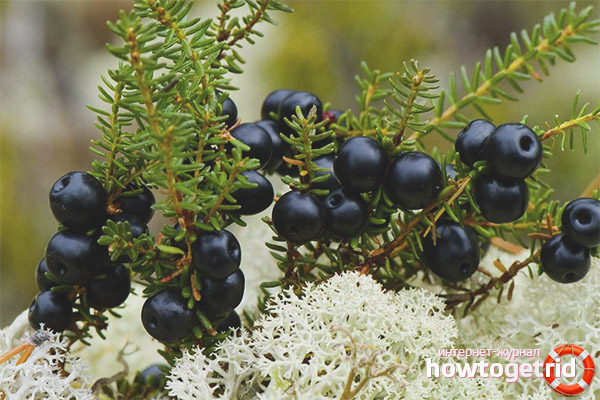
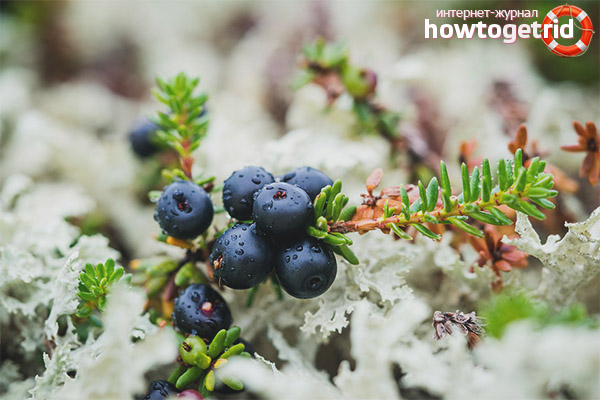


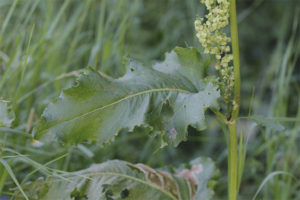
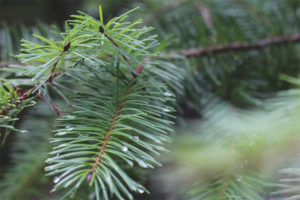


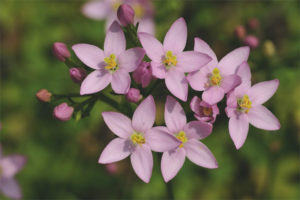
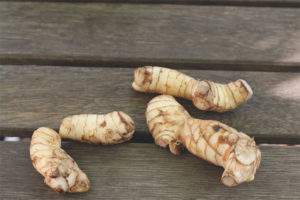
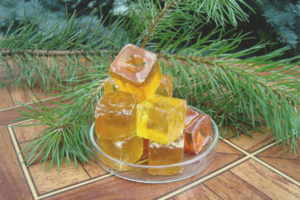
To send